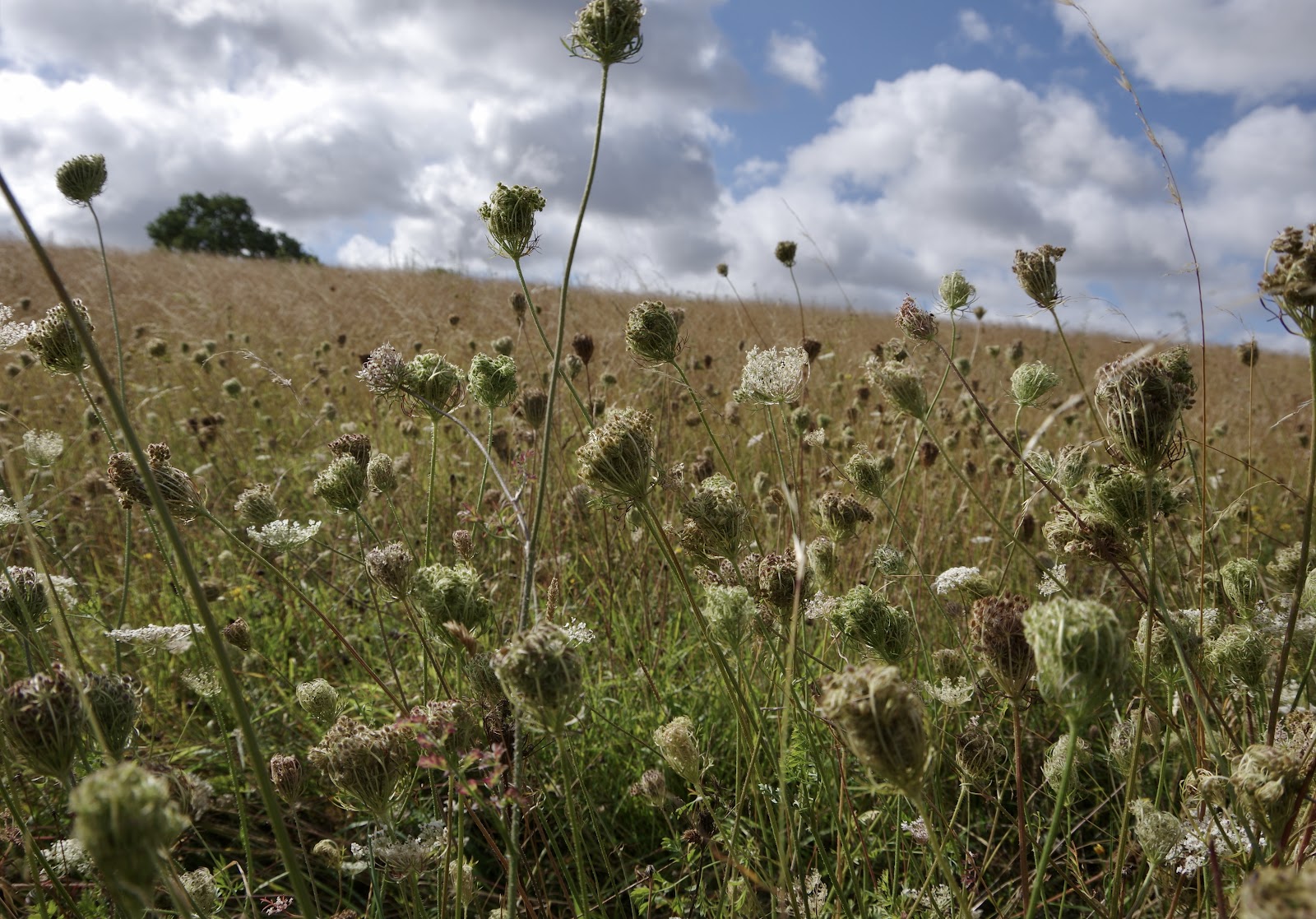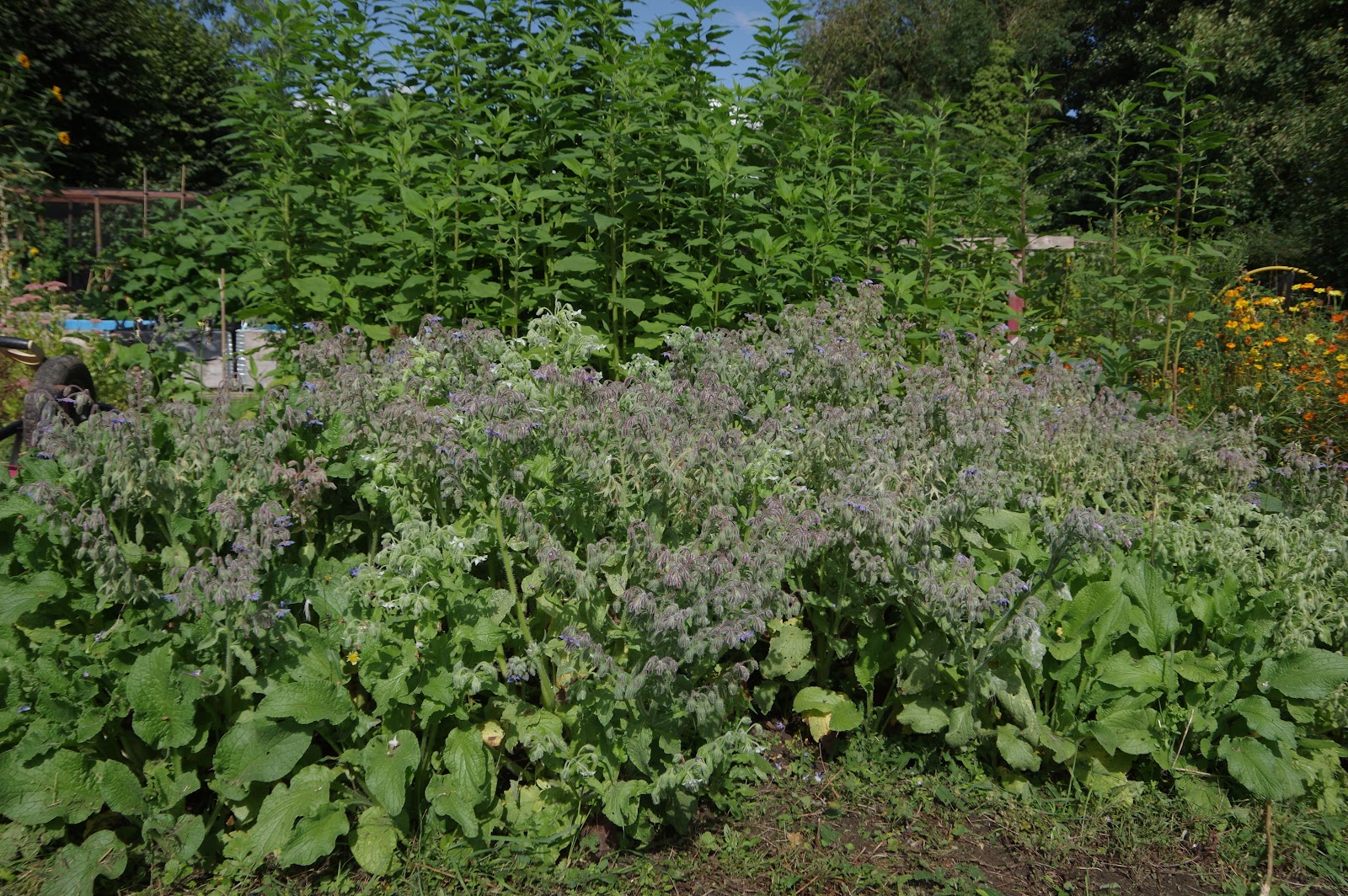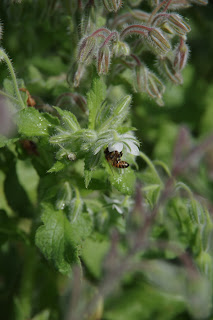Shipton's bare root plants are tough. Check out this Primrose, one of five delivered in a protecting clod of mud around the root ball. You can tell this has been grown outdoors in Wales. Quite different to the dainty little things sold in garden centres.
A diary of back garden botany, urban ecology, rural rambles and field trips to the middle of nowhere...
Sunday, 29 September 2024
Thursday, 26 September 2024
A box full of treasures in the form of a delivery from Shipton Bulbs. Note that some of the bulbs come in brown paper bags and some in plastic bags with a little compost to keep them moist.
The bulb trade operates for the most part on the sale of dry bulbs which can be taken from the ground, stored, distributed and sat awhile in shops awaiting sale. Some species are indeed amenable to this. Their natural habit and habitat is to be spring flowering then go dormant in the summer when the soil is drier. A bulb is a storage organ for nutrients so may be able to dry out somewhat during dormancy and revive on planting in the autumn.
Case in point I ordered 20 "Tommies" (i.e. Crocus tommasinanus) which are usually fine as dry bulbs. Even so it's better to buy dry bulbs early in autumn when they will have been lifted fairly recently. Certain bulbs e.g. Snowdrops don't like to dry out and will quite possibly be dead rather than dormant if not fresh. Beware of end of season garden centre sales!
For obvious reasons the bulk bulb growers tend to concentrate on species and cultivars that are most amenable to mass production and mass distribution. Like buying apples from a supermarket you get the ones that are easiest to commodify not necessarily the best to buy.
By contrast Shipton specialise in native bulbs grown on their smallholding in Wales. My impression is that our wild species generally need to be moist throughout their life cycle e.g the Ramsons in this order.
NB The term 'bulbs' is a convenience which often as not includes rhizomes, tubers and coums e.g. Solomon's Seal which arrives as gnarly sections of rhizome rather than bulbous.
I also bought a handsome selection of Shipton's bare root plants. I've noted before they are about as close as you can get to actual wild things though cultivated. As mentioned a few days ago bare root seems to be enjoying a revival. On the whole I find it a better way to obtain well established, hardy specimens.
Tuesday, 24 September 2024
Sunday, 22 September 2024
Autumn and spring are the optimum time for planting though garden centres do most of their business in the summer months. Plants are best established when going into or coming out of dormancy. The soil is still warm in autumn or warming up in spring and there is (generally) plenty of moisture from the sky.
I do buy plants in pots but bare root is as good if not better because the roots aren't potbound. And the plants tend to be healthier and hardier from being grown in the ground as nature intended.
On the table at the top is an Epemedium. I was given several clumps from a patch that needed to be reduced. On the left and right Geranium phaeum and G. macrorhizum. I ordered three of the former and the latter was sent by the seller as a bonus. The earthy clump at the bottom is one of five Pulmonaria officinalis. The seller apologised for them being so muddy but from the mud they came and to the mud they will return! Actually it never occurred to me this rather dainty plant has such a rooty rootball.
Lifting plants from the soil and selling them bare root was the old fashioned way before growing in plastic pots became a thing. It's probably enjoying something of a revival among small scale propagators trading online to save costs on shipping and packaging (the many uses of a shoebox!).
Useful way of tracking down slightly obscure plants. For example various cultivars of Lungwort are easy to find in garden centres etc. but the wild form P. officinalis is hard to come by. Likewise numerous cultivars of Columbine are widely available but not the pink form of A. vulgare. Accordingly I ordered 6 which were described as 'plug plants'. Actually bare root is a better description; plug plants tend to be smaller and younger, not much larger than seedlings in some cases. Being uprooted for a day or two in transit is not a problem as long as there is some soil or compost and wrapping around the roots to keep them moist as seen here.
Friday, 20 September 2024
Devil's Bit Scabious (Succisa pratensis) is a wildflower of grassy places, but I see it in two distinctly different habitats. I come across it on chalky hillsides like the South Downs and the Pegsdon Hills where the soil is free draining. Then again I see it in flat marshy environs like Oughtonhead Common where the ground is boggy for much of the year.
Wildflowers have their niche and it is generally wet or dry but not both. I only find Devil's Bit on chalk that is sloping where the runoff of rainfall may serve to water it. Whereas a marsh like Oughtonhead is less saturated by the time Devil's Bit comes into flower. So perhaps it's soil type is the proverbial "moist but well-drained"?
Wednesday, 18 September 2024
Monday, 16 September 2024
Friday, 13 September 2024
Took a train to Glynde nestled in the South Downs; bulges of chalk like the Chilterns but on a grander scale. I set off in the direction of Mount Caburn, that hump in the distance. Very scenic.
Another sweeping vista. On top of Mount Caburn looking towards the coast. That glint on the horizon is the English Channel.
From Caburn I walked over to Lewes which is located between the two lines of hills in the background. The Lewes Arms is one my favourite pubs and I had a couple of pints there before I caught the train home.
Thursday, 12 September 2024
Wednesday, 11 September 2024
Cool and breezy on the Pegsdon Hills this morning. The fast moving cloudscape delineated the folds and bulges of the hills in ever changing depths of shadow and bursts of illumination.
I wasn't expecting to see much in the way of wildflowers by this point in the year. So it was a great pleasure to discover drifts of Devil's Bit Scabious (Succisa pratensis) on one of the slopes...
Tuesday, 10 September 2024
I planted a Butcher's Broom (Ruscus aculeatus) in the back garden in London. It's a dry shady spot under the canopy of a large Sycamore and several other mature trees. The number of plants that can tolerate dry shade is limited and Butcher's Broom is noted for it.
R. aucleatus is native and grows wild in the UK, for example see my entry back in February 2017 when I went searching for it in Epping Forest. Apparently the stiff stems with spiny bracts were indeed used as a broom by butchers to sweep their chopping blocks.
I bought this excellent specimen from the plant sale at the South London Botanical Institute back in May but only just got round to planting it. Butcher's Broom is typically dioecious i.e. has both 'male' and 'female' plants. Each has tiny greenish/white flowers and need to cross pollinate to produce the small, very red globe-like berries (poisonous) on the female plant. Then again there is a form referred to as 'hermaphrodite' which has male and female flowers on the same plant so will fruit. Not sure which this is!
When I dug the hole I was struck by how bone dry the soil was despite the wet weather we've been having. I disturbed a few bulbs and they were still 'succulent', the dormant bulb is a storage organ for water and nutrients so they can make it through the summer.
Shady areas need to be planted with woodland species as they are adapted to these conditions. Even so I lost some very hardy woodlanders in the drought of 2022. In fact this part of the garden seems to have become drier since then, not sure why exactly because the period following the drought has been wetter than average.
Only plants that tolerate the driest of dry shade have been able to tough it out: for example Stinking Iris, Greater Periwinkle, Oriental Borage, Cyclamen etc.
Monday, 9 September 2024
The Borage (Borago officinalis) on the allotment is just past its peak flowering. Nonetheless there are still plenty of flowers...and bees. The flowers of some plants can take up to a day refill with nectar after a bee pays a visit, others only secrete nectar at particular times of the day. But Borage refills within a few minutes.
I sowed both Blue and White Borage. I've read that bees are most attracted to the blue-purple-violet spectrum but they seem to frequent the white in equal measure.
Borage is visited by bumblebees as well as honeybees. On this patch there were noticeably more honeybees but they are probably more numerous given that a typical hive contains tens of thousands. Note the pollen sac on this bumbler.
Sunday, 8 September 2024
Finally... a good day for butterflies. Heavy rain and thunder this morning then the sun shone. As I walked onto the allotments I saw a good many Whites fluttering hither and thither. The first day this year when I've gazed across an area and seen lots of butterflies.
One section of the perimeter fence is thickly clad with Ivy. Masses of honey bees were swarming on the flowers. Hedera helix is the last big hit of pollen and nectar in the wildflower calendar. And not just for bees. Within a few feet of each other I saw a Red Admiral and two Commas nectaring in the sunshine. Both species are late-flying so let's hope for a mild and bright September.
Saturday, 7 September 2024
Friday, 6 September 2024
Tuesday, 3 September 2024
A Peacock I photographed last year. Not one have I seen this year. There seems to be a consensus that the vicissitudes of the weather have had a detrimental effect on insects generally.
I was talking to John Shipton of Shipton Bulbs yesterday while placing an order for various bulbs and bare root plants. I asked him how growing conditions have been and he said good with the amount rain we've had. Then noted he has not been able to gather the usual quantities of Bluebell seed. He speculated this may be due to the lack of insects.
I was interested to hear that because I have made a similar observation. Plenty of flowers but not the insects to pollinate them.
Sunday, 1 September 2024
Time to cut the Yew hedges at the music school. Jif went round trimming the sides earlier in the week and I got the ladder out today to give them a flat top.
The method is to get the bulk of the straggly growth off with the first cut (as seen above) then fine tune with a second cut to take out any undulations and get a nice square edge. Yew (Taxus bachata) is very amenable to this kind of topiary. One down, five or six more to go...
NB appropriate that the border in the foreground is planted with Lavender. The middle building in the background is 'The Lavender Tower'', part of the original house built in 1859 by William Ransom and used to dry Lavender (and possibly other herbs?).
He was a Quaker and botanist who opened a pharmacy in Hitchin in 1845 then established William Ransom & Son to manufacture drugs and other herbal preparations. Raw materials were cultivated or gathered from the wild locally as well as being sourced from all over the world. The company exists to this day, still based in Hitchin.
Subscribe to:
Comments (Atom)

































